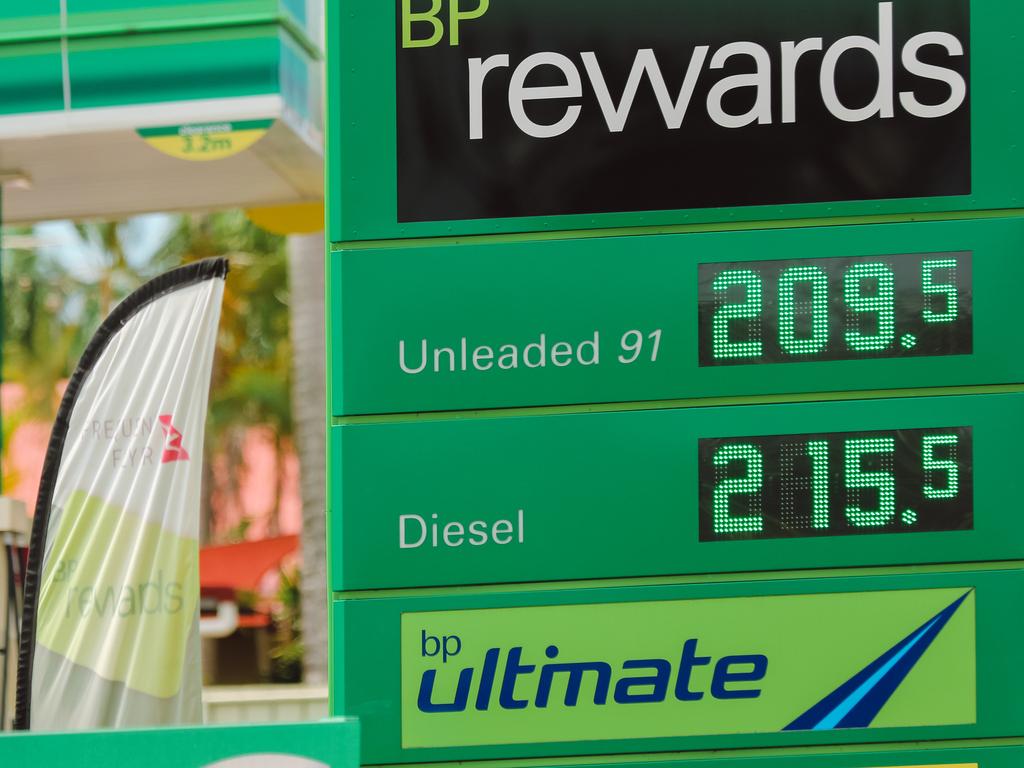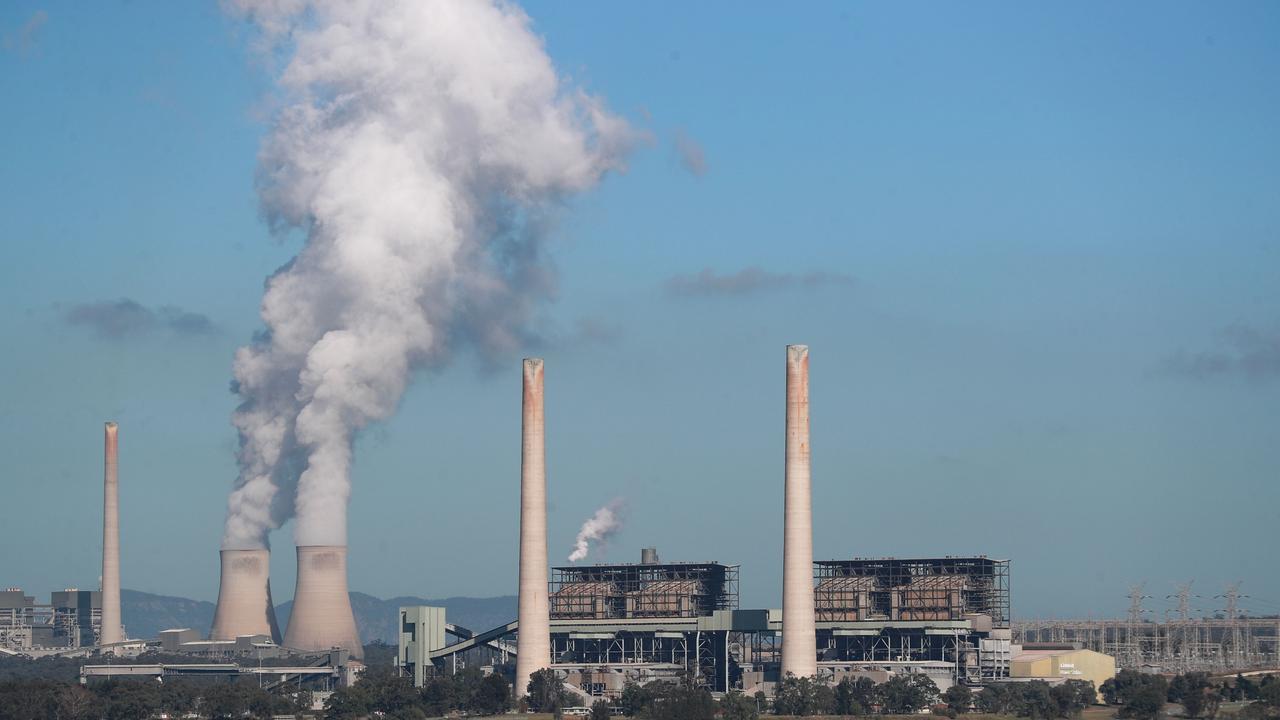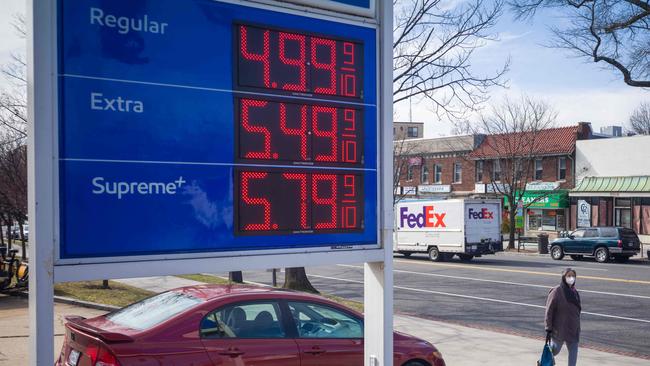
The inevitable looming decline in US economic activity is there for all to see as the country’s inflation roller coaster heads towards a 10 per cent annual rate. It’s now at 7.9 per cent.
There is an old rule in economics that, while recessions are caused by a variety of forces, every time there is a substantial rise in oil prices it creates a recession. And right now in the US, we are watching a classic illustration of how that takes place.
As I will explain below, Australia might just be the Lucky Country again and avoid some of the impact. But that will depend on our Reserve Bank having far more knowledge of the real world than has so far been displayed.
Americans are suffering from two bouts of inflationary pressure that are coming together.
The first is from Covid-19, where the disrupted supply chains couldn’t cope with the demand and there was a shortage of labour. A large number of American enterprises, plus the US Federal Reserve, believed that both these forces could be overcome in a relatively short time. Many enterprises absorbed cost rises to keep demand high.
Then came Ukraine.
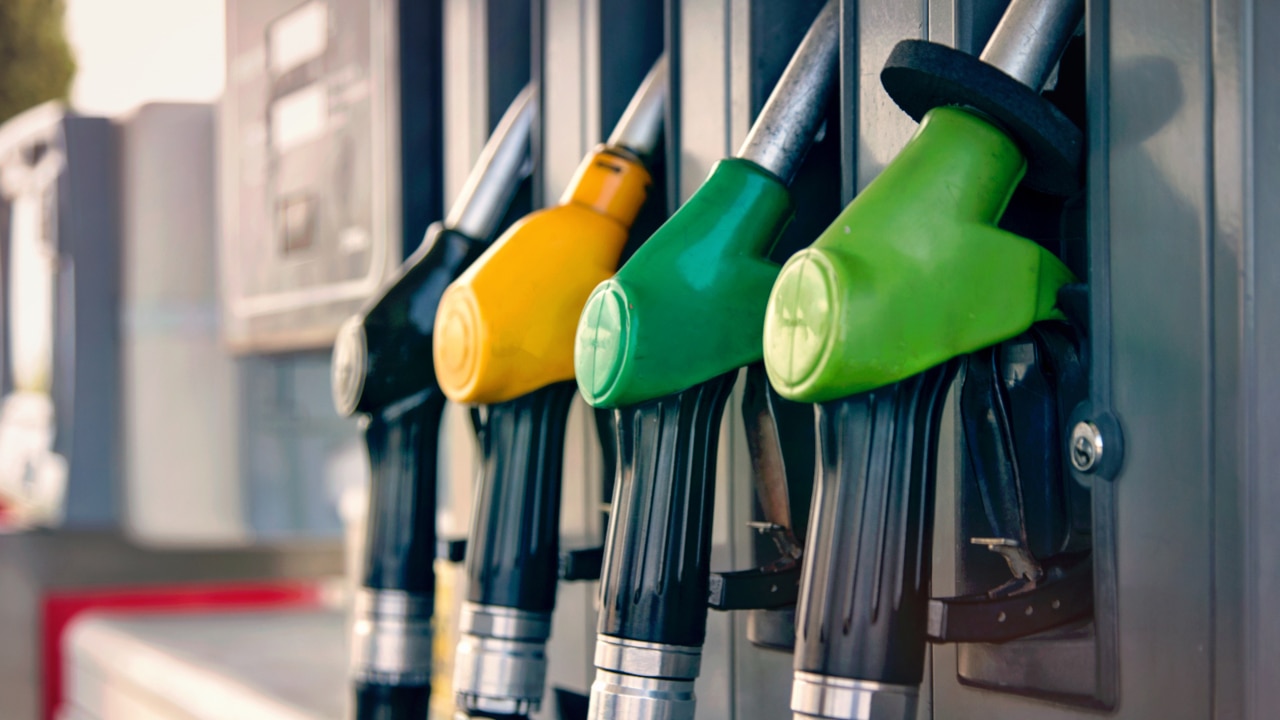
In this bout, supply chain and computer chip problems have returned and petrol prices are hitting all-time highs. China is telling its US customers (and those in Australia) to expect substantial rises in the cost of Chinese goods. China exported deflation in past years and is now exporting inflation.
US daily wage rates rose five per cent in February, but they are not matching current inflation let alone the higher rates that are ahead. And the wage increases are not uniform, so many are receiving far less than five per cent remuneration rises.
As always happens with big petrol prices rises, Americans are starting to reduce their spending. And they are further disturbed because this time around, food prices are rising and will likely rise further still because the oil shock and Russian trade bans are boosting the cost of fertiliser, wheat and other grains. Metals are also rising which will hit manufactured goods.
Americans know what comes next. Enterprises are now increasingly passing on their higher costs and are accepting the fact that many of their customers will not be able to pay higher prices and demand will fall. But the enterprises have no choice.
Down at the Federal Reserve, the foolishness of stimulating an overheated economy is now apparent for all to see. Consumers are beginning to adjust their spending patterns, which will cut back demand but the Fed has exhausted all of its stimulatory powers and must increase interest rates to further slow the economy. The alternative is to create a South American-style inflationary roller coaster.
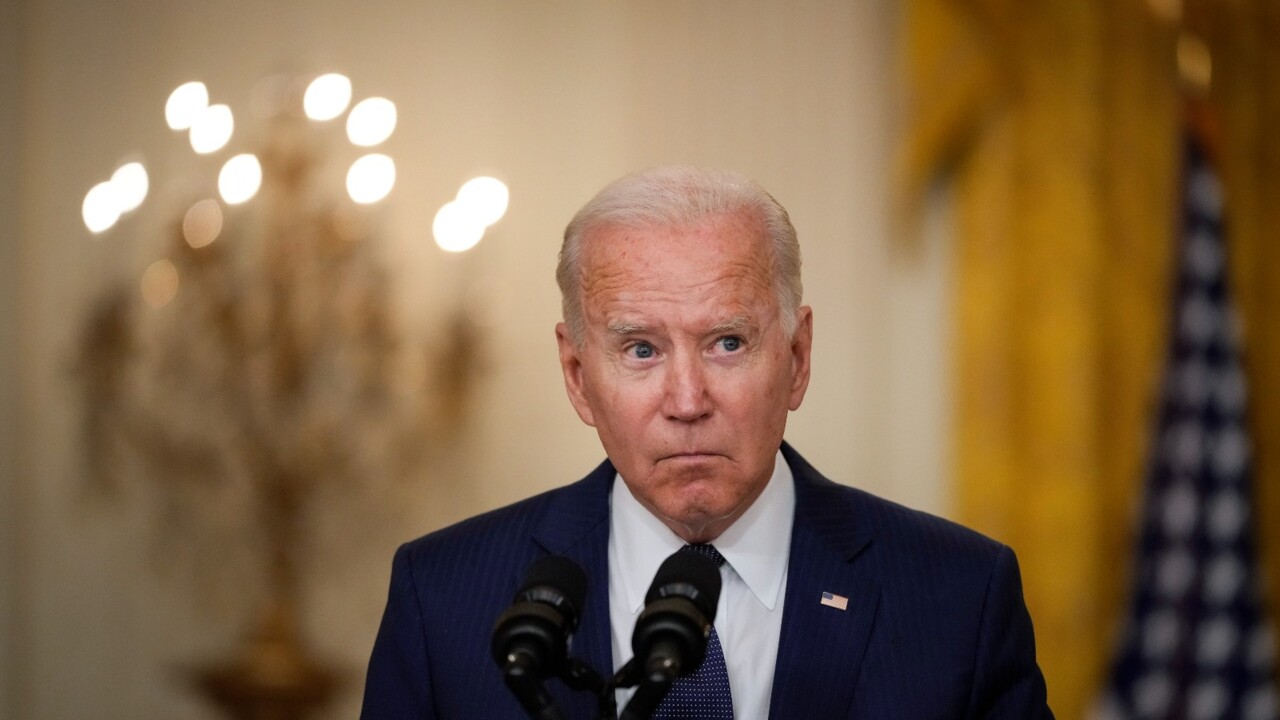
There is a lot of money sloshing around capital markets and we’re going to see major fluctuations if the current emerging US pattern continues.
In Australia, we have made the same mistake as the Fed and have continued to stimulate an overheated economy. It is taken former treasurer Peter Costello to point out the mistakes of the Reserve Bank and alert us to our badly performing central bank.
They will be forced to raise interest rates and, if they do, and commodities stay strong we might just be able to offset some of the big price increases coming from China and other areas via a higher Australian dollar.
What may make current problems a little more palatable is that citizens in the western world may accept more pain than normal if it means punishing Russia.




